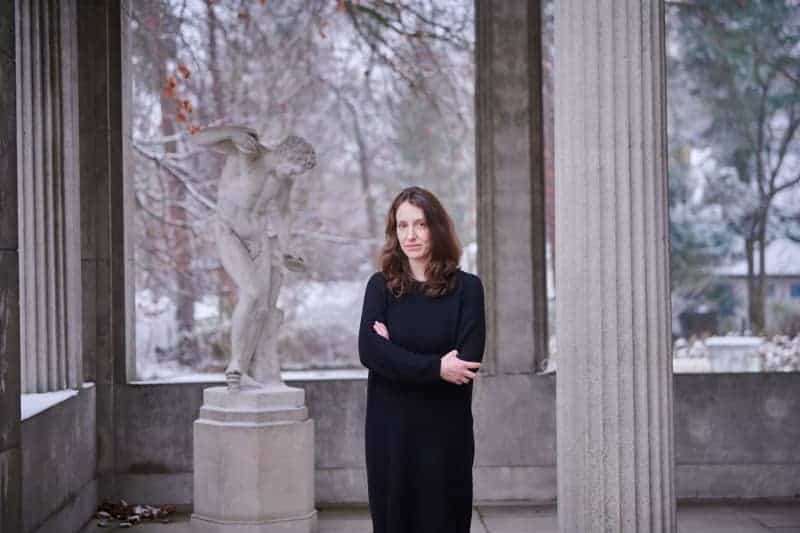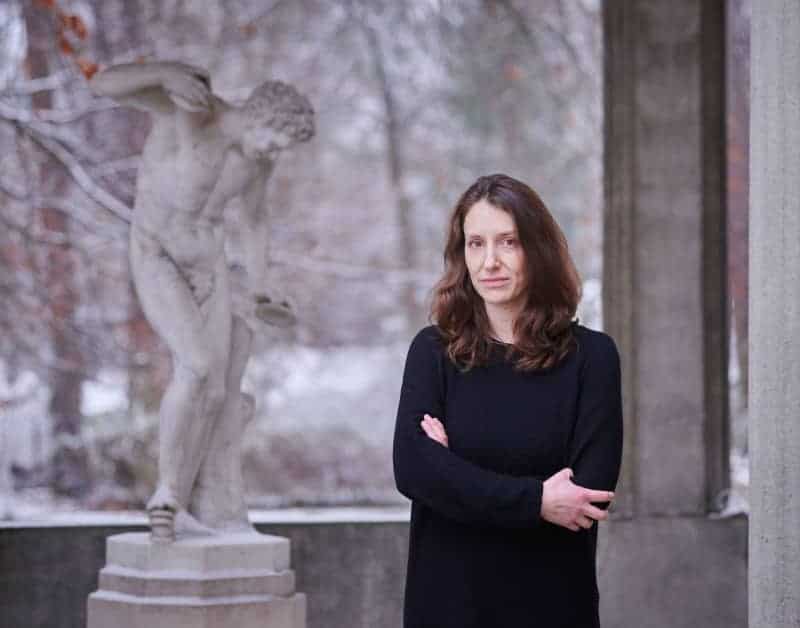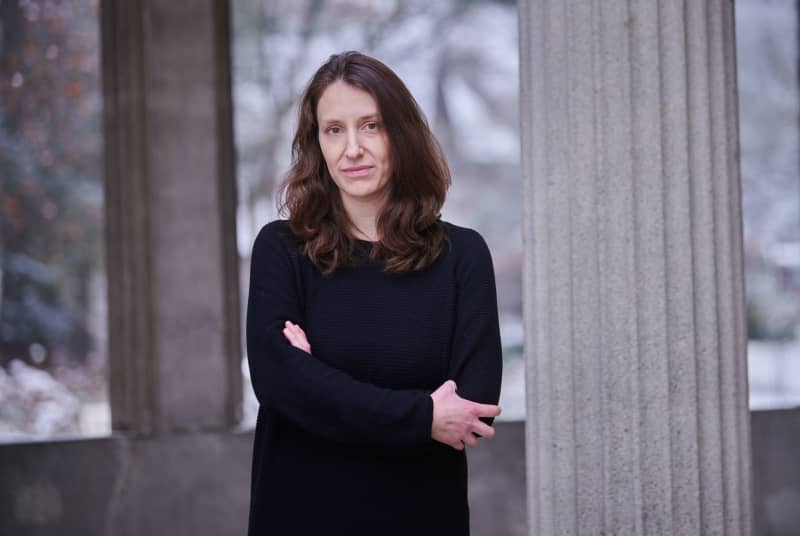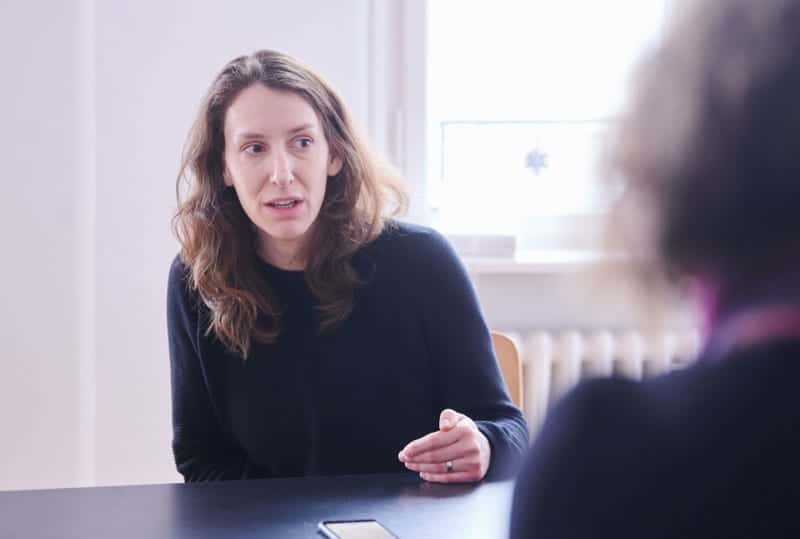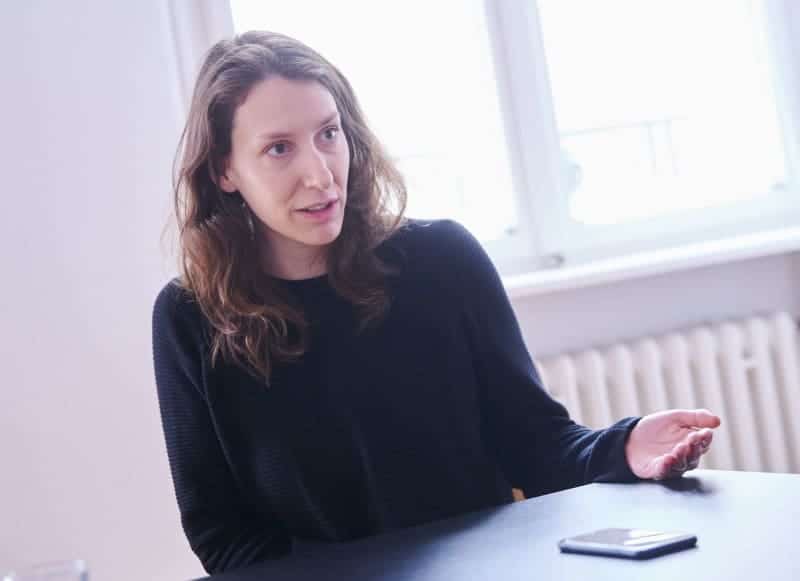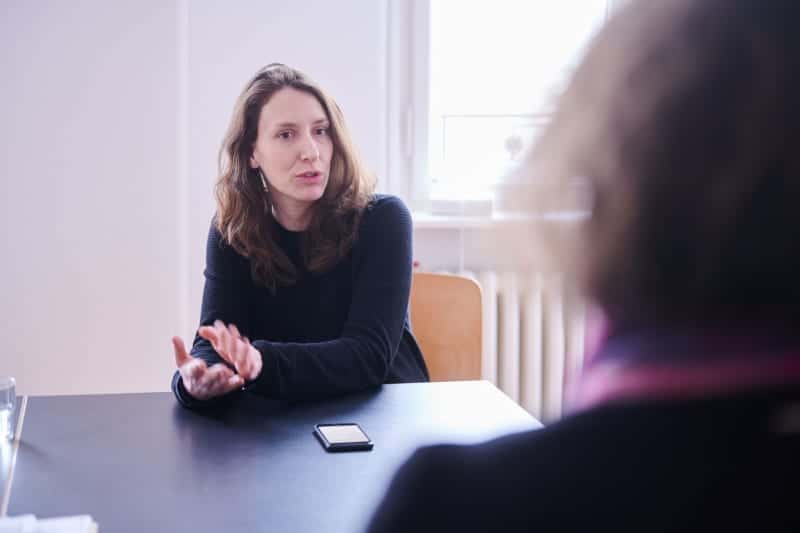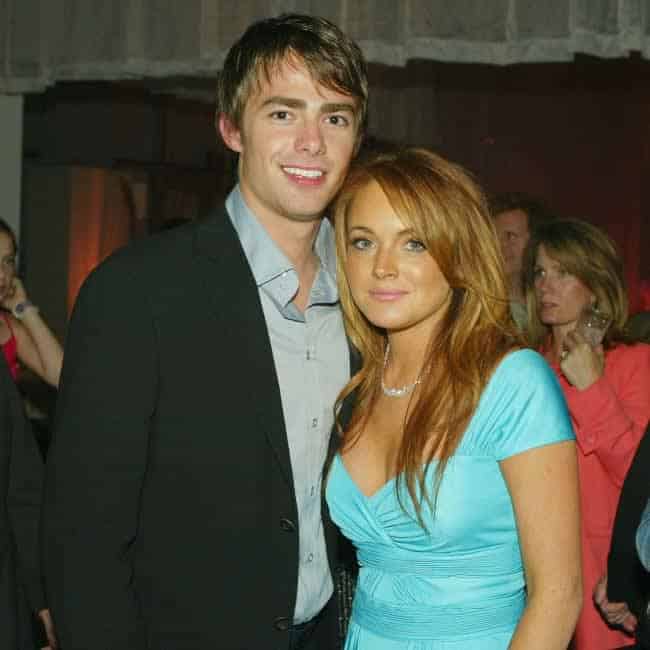DPA
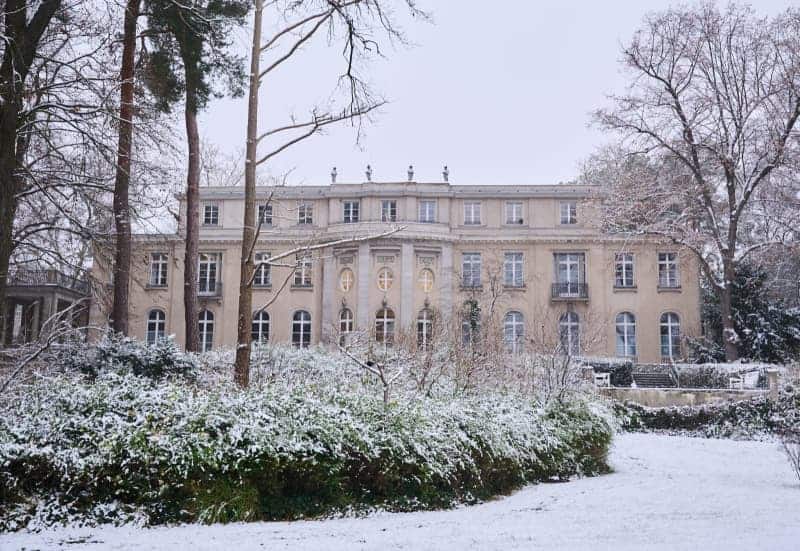
In summer, Deborah Hartmann hears the lifeguard’s announcements at the Wannsee lido from her desk. In winter, there are only the crows above the rippling waves.
“It is the ambivalence of this place, unbelievably beautiful and unbelievably tragic,” says Hartmann who runs the House of the Wannsee Conference.
“It’s really confusing.”
Here in this Berlin villa, Nazi leader Reinhard Heydrich summoned senior Nazi officials to plan the murder of up to 11 million European Jews, in January 1942.
The meeting to address the “Final Solution of the Jewish Question” was originally due to last 90 minutes, followed by breakfast.
Beyond the lakeside setting, the fact that educated men met to conceive and implement a genocide is almost inconceivable.
In mid-1941, Hermann Goering, who led Nazi Germany’s forces, tasked Heydrich with organizing the “Final Solution.”
Politically, the step had already been decided, as Adolf Hitler had publicly threatened the “complete annihilation of the Jewish race.” The process had also already begun with tens of thousands shot in the territories controlled by Germany in Eastern Europe.
It would therefore not be correct to assume that the Shoah was decided at the Wannsee Conference, says Matthias Hass, deputy director of the educational centre now housed in the villa.
“The people who met here did not decide anything, this was not the level where political decisions were made. Rather, this was about implementing things that were already taking place,” he says.
The 15 Nazi officers and officials who met in the conference room overlooking the Wannsee in the south-west of Berlin were there in order to optimize the machinery of death.
Those attending the meeting were state secretaries from Berlin ministries, including lawyer Roland Freisler who later presided over the People’s Court.
Attendees also included officials from the Nazi party, the security apparatus and the administration of the Eastern territories.
Alongside Heydrich, the central figure was SS officer Adolf Eichmann, who headed the Jewish Affairs and Evictions department in the Reich Security Main Office.
At the meeting, Heydrich wanted to to assert his leadership role and secure the support from the other administrative units, Hass says.
The aim was also to “inform everyone who may not yet know what the Final Solution to the Jewish Question actually means: namely, Europe-wide deportation to death, mass murder: ‘We are planning the murder of 11 million people’,” Hass says.
The participants at the meeting were familiar with the goal, though they may not have been aware of its dimensions.
Heydrich carefully listed where and how many potential victims would be found.
These lists also included Jews outside the Nazi area of power, for example, 330,000 in England and 5 million in the Soviet Union, reflecting the Nazis leaders’ certainty of victory in the world war that began in 1939.
The death list is part of the Wannsee Conference minutes. They explain how the Nazi state had tried “legally” to “cleanse the German living space of Jews” with repression and persecution.
The meeting however marked the point at which “emigration work” would end. Instead “the evacuation of the Jews to the East had taken its place as a further possible solution after appropriate prior authorisation by the Führer,” the minutes say.
The sterile, bureaucratic language runs over Eichmann’s 15 pages of minutes. But at the conference, according to later statements by Eichmann, “mass murder was spoken of quite bluntly,” says historian Peter Klein of Touro College in Berlin.
No one had any fundamental reservations or objections to the plan to wipe out almost all of the Jews in Europe.
Rather, the discussion addressed planning, the victims, deportations and more efficient murder methods such as the use of diesel exhaust fumes or poison gas Zyklon B instead of shooting people.
The meeting ended after 90 minutes, with these questions clarified.
In that time, Heydrich had asserted his claim to power, allocated roles and planned murder on an industrial scale with chilling precision.
There would be no delays, traffic problems, no shortage of trains. It was a “furiously fast murder programme,” says Hass.
“At the time of the conference, about 80 per cent of the victims were still alive. And a year and a half later, in the autumn of 1943, 80 per cent are dead.”
Europe’s Jews were murdered, worked to death, died of disease, or starved.
Six million Jews had been killed by the end of the war in 1945.
The question for educators at the lakeside villa is how to convey the horror to the classes who come and visit.
Hass is optimistic about the educational potential at the site.
“Now we have generations that are much more radically prepared to ask the hard questions,” he says.
Hartmann, however, says we may never know what drove these family men and bureaucrats to become architects of genocide. “I think we have to learn to live with the fact that some things remain grey and cannot be unequivocally answered.”
